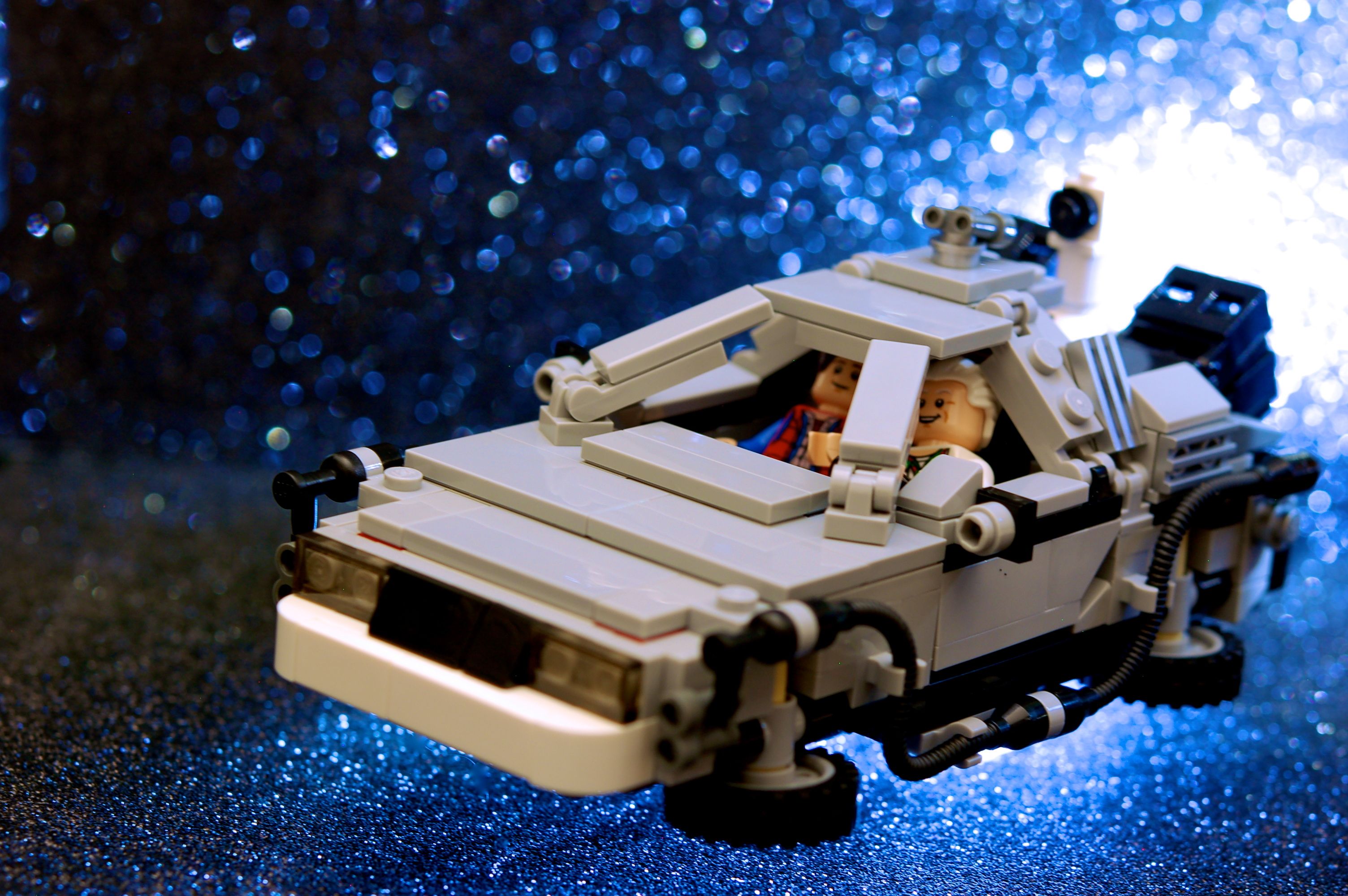
October 20, 2015, by Guest Blogger
Four-Dimensional Wanderings
In honour of Back to the Future day, Dr Peter Millington from our School of Physics explores what science really has to say about time travel.
Our everyday experience leads us to believe that time is immutable; that there is some universal clock whose ticking we are powerless to stop. Our lives, unlike Benjamin Button’s, inevitably run from beginning to end through a complex series of events whose order is fixed from one moment to the next. We are obsessed by time; happy to spend it but desperate not to waste it; and ever determined to be its master.
From H. G. Wells’ The Time-Machine to Robert Zemickis’ cult franchise Back to the Future, we have become content with protagonists casually hopping through time. Social media is plagued by click-bait claiming ‘evidential proof’ that time-travel exists. Are we to take seriously claims that a real-life Marty McFly, known as the time-travelling hipster, was caught on camera in 1940’s America? Are Ray Bradbury’s Time Safari inc., future-altering catastrophes and grandparent-based paradoxes a possibility? Should everyone with the surname Connor be slightly wary of people wearing aviators? Probably not.
But where does science sit on the fence of our potential ability to skip nonchalantly back and forth through time?
Einstein’s theories tell us that space and time are parts of one thing: spacetime. Just as we can rotate things in our hands in the three dimensions of space, we can rotate things in the four dimensions of spacetime, trading space for time and vice versa. Moreover, spacetime itself is not simply a fixed grid against which we can measure times and distances. It is dynamic, being warped and twisted by the presence of mass. Einstein tells us that moving clocks tick slower relative to stationary ones, and clocks in orbit tick faster than ones on the ground. The faster a clock moves or the stronger the gravity it feels relative to us, the slower we will see it tick. If the clock moves fast enough – at the speed of light (not 88 mph) – we will never see it tick, and anyone travelling along with it would be seen not to age. Einstein’s theories, it would seem, allow for us to travel as far as we want into someone else’s future.
What then of travelling into the past? For the most part, solutions to Einstein’s equations respect the law of causality, which tells us that effects must always occur after their causes. However, Einstein’s theory of gravity permits hypothetical paths through spacetime known as closed time-like curves. A popularised example where this is the case is the traversable wormhole (or Einstein-Rosen bridge), which may act as a short-cut between two points in spacetime. If we were to follow one of these closed time-like curves, we would eventually end up back at the same moment we started, having travelled backwards in time. However, physicists argue that there are yet unknown laws of physics – quantum gravity for instance – which prevent such structures forming in the real world. If found, these mechanisms of chronology protection, as Stephen Hawking calls them, would close the door on backward-in-time-travel even for Emmett Brown.
Image: JD Hancock on Flickr
No comments yet, fill out a comment to be the first

Leave a Reply